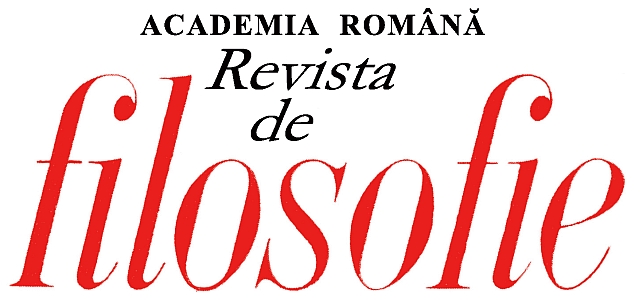ALTERNATIVE ALE DETERMINĂRII „SUBIECTULUI ESTETIC” ÎN MODERNITATE: AUTONOMIE, CRITICISM ŞI (INTER)SUBIECTIVITATE
Alternative determinations of the “aesthetic subject” in modernity: autonomy, criticism and (inter)subjectivity
Author(s): Oana ȘerbanSubject(s): Philosophy, Aesthetics
Published by: Editura Academiei Române
Keywords: aesthetic subject; political subject; subjectivity; autonomy; criticism; sensus communis; Luc Ferry; Descartes; rationalism; empiricism;
Summary/Abstract: This article takes up Luc Ferry’s thesis that thehistory of aesthetics might be easily understood as the history of modern subjectivity. Iwill argue that as long as this thesis is contextualized in the larger field of the disputebetween rationalism and empiricism, that dominates both conceptually and methodologicallythe main topics of modern philosophy, it might be used to develop two“alternative paths” of defining and analyzing a problematic core-concept of aesthetics,that of “aesthetic subject”: one that fallows Descartes’s rationalism inherited by Kantand Hegel and ultimately abandoned by Nietzsche and the avant-gardes, a scheme thatFerry himself recognizes and advocates for it in Homo Aestheticus, and one thatsucceeds in adding empirical traits to the rational structure of the “aesthetic subject”,inspired by Pascal, Hume, Baumgarten and Wolff. These two alternative determinationsof the “aesthetic subject” will provide a proper framework for contrasting multiplesenses of this notion whose validity still reflects the strike of many interdisciplinarycontemporary debates. The identity of the “aesthetic subject” will be shaped in thisresearch by engaging it as a potential response for the most striking problems of themodern philosophy, such as the relationship between the intelligible and the sensible worldin terms of autonomy, the possibility of a sensus communis that ensures the communicabilityof our aesthetic judgements, the rise of the modern criticism devoted to thestandards of taste. In the first part of the article I will sketch some of the main trajectories ofthe general concept of “subject”, focusing on the common premises and characteristicsthat the aesthetic and the political subject share. The second part of my research will bedevoted to the analysis of the two hermeneutical paths previously mentioned forexploring the evolution of the aesthetic subject, closely following the manner in whichthe criteria of subjectivity and inter-subjectivity influence these alternative perspectives.
Journal: Revista de filosofie
- Issue Year: LXIV/2017
- Issue No: 4
- Page Range: 515-530
- Page Count: 16
- Language: Romanian, Moldavian

